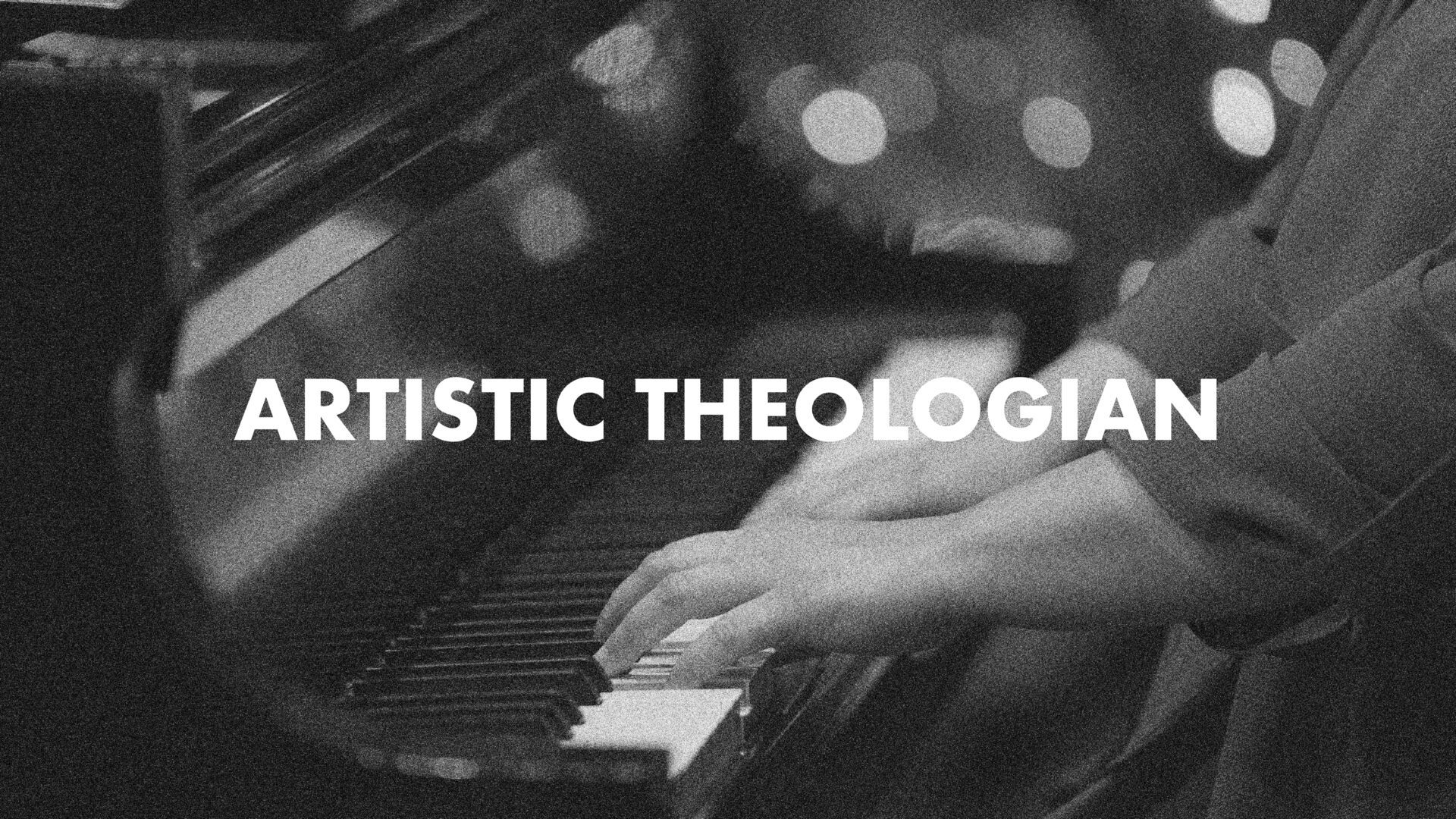
Anabaptistica
Southwestern Journal of Theology
Volume 56, No. 2 – Spring 2014
Managing Editor: Terry L. Wilder
By Michael A. G. Haykin. Wheaton: Crossway, 2011. 172 pages. Paperback. $16.99.
Echoing a call by Thomas Oden and Andrew Purves, Michael Haykin is advocating a rediscovery of the church fathers; a process he describes as a vital need for Evangelicals. Haykin defines “church rathers” as those patristic writers who composed their works between the first and eighth centuries (16). He contends that a careful study of these early church leaders frees us from the myopia of our own age, establishes the historical foundations (“map”) for the Christian life, informs our understanding of Scripture, corrects mistaken views of what the Fathers actually believed, helps us understand church heresies, and establishes humility in light of the testimonies of these who modeled faith often in hostile times.
Haykin refers to the Fathers whom he has included in this work as “case studies.” His criteria for selecting them is somewhat arbitrary, referring to them as “men that I have listened to and walked with” (29), but he adds that part of the reason for their selection are the issues with which they dealt.
The Fathers that Haykin has chosen to accentuate in this volume are: Ignatius of Antioch, the author of the letter to Diognetus, Origen, Cyprian, Ambrose, Basil of Caesarea, and Patrick. One notes the irony of a statement made by the author in an Appendix with reference to the writing of Pelikan, “[his] omissions are matched by some odd inclusions” (163). Indeed, one may have that same sentiment when considering Haykin’s inclusion of Patrick and omission of others. However, in light of the author’s autobiographical chapter indicating his Irish roots, the presence of Patrick makes sense.
Each chapter focuses on the context of the church father under discussion, noting the unique issues with which they dealt. Thus, the studies focus on the mar- tyrdom of Ignatius, the apologetic focus of the author of the letter to Diognetus, the faithfulness of Origen (despite the obvious concerns in his theology) as a confessor of the Christian faith, the emphases on the Lord’s Supper in Cyprian and Ambrose, Basil’s steadfast insistence of the full deity of the Holy Spirit, and the humble faith- fulness of Patrick.
The book concludes with an autobiographical explanation of Haykin’s journey in studying the church fathers and two appendices. The first appendix is a brief guide for reading the church fathers, which—though informative—would have been more helpful if expanded. In essence, Haykin gives the reader a “where to begin” strategy. The final appendix is a brief study of Jaroslav Pelikan’s contribution to the study of the patristics.
The author is clear that the writings of the church fathers are not Scripture and that we have license to disagree with them, but we listen to them respectfully as “senior conversation partners about Scripture and meaning” (29). He faithfully identifies how contemporary issues impacted the lives and writing of the Fathers and how their ministries impacted the world around them.
In the end, Haykin’s work is interesting and enjoyable to read. His chapters on Origen and Basil stand out as capstones of the work. They are both insightful to read and relevant in current theological discussions. More interaction with contemporary research on the Fathers and a more clear explanation of the organization of the book and the inclusion of the Fathers would have added depth and clarity. Moreover, a summary chapter addressing how the church today could apply the lessons that the Fathers taught would have been helpful. Haykin’s work adds a needed voice to an often overlooked heritage of our faith and theology. One hopes his call to rediscovery will be heeded.





